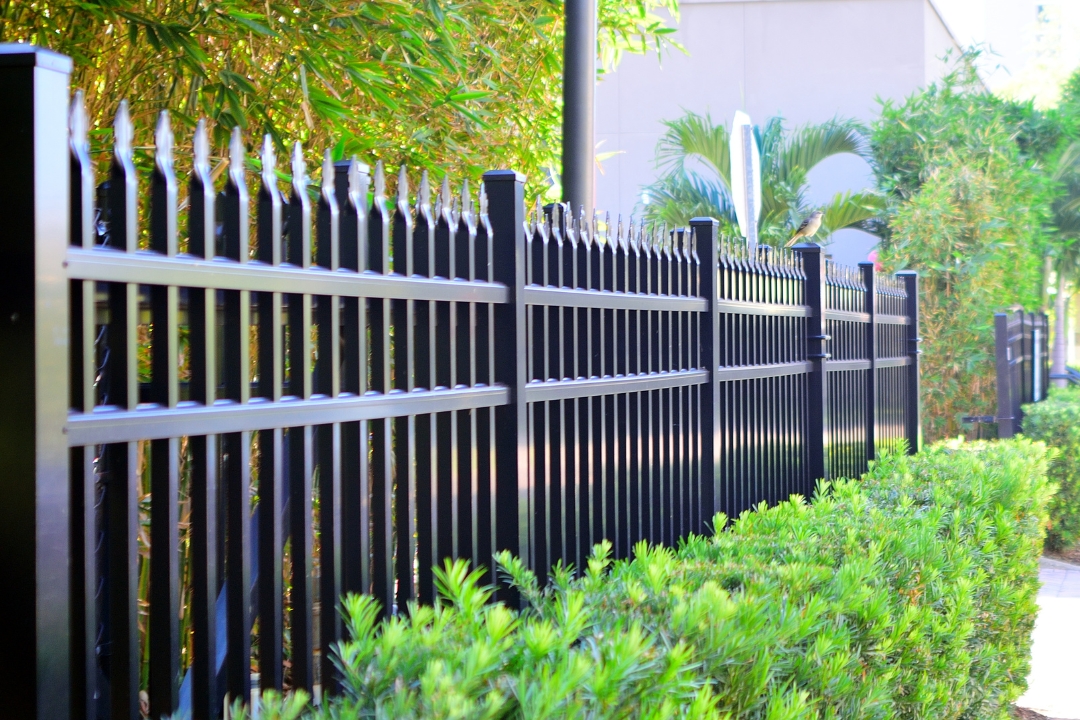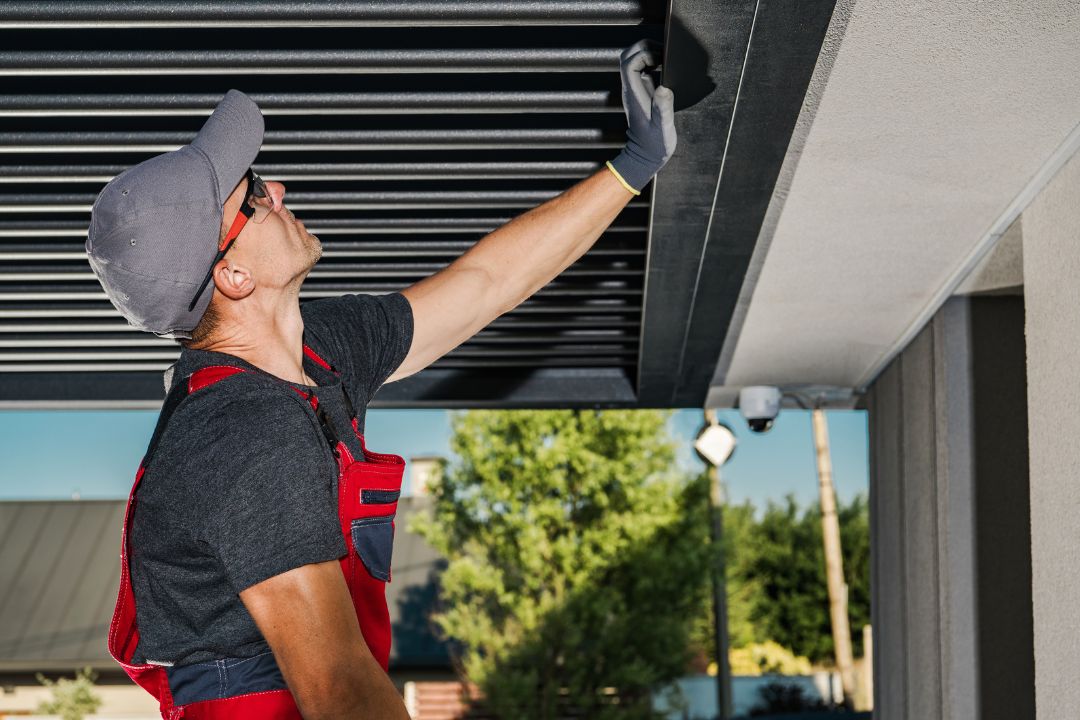When it comes to choosing fencing for your property, both aluminium and wrought iron are popular choices, each offering unique features and benefits. In this blog post, we will compare aluminium and wrought iron fencing to help you make an informed decision about which material is the better investment for your specific needs.
Aesthetic Appeal
- Wrought Iron – Renowned for its classic and ornate appearance, wrought iron fencing adds a timeless charm to any property. Its intricate designs and decorative elements make it a popular choice for those seeking a traditional and elegant look.
- Aluminium – While not as heavy as wrought iron, aluminium fencing can still mimic the look of wrought iron. Modern aluminium fences come in a variety of styles and finishes, offering a sleek and contemporary appearance that can complement both traditional and modern architectural styles.
Durability
- Wrought Iron – Wrought iron is exceptionally durable and can withstand harsh weather conditions. However, it is susceptible to rust over time, especially if not properly maintained.
- Aluminium – Aluminium is naturally rust-resistant, making it a durable option that requires less maintenance. It doesn’t corrode like wrought iron, making it suitable for a wider range of environments.
Maintenance Requirements
- Wrought Iron – Regular maintenance is crucial for wrought iron fencing. It needs to be inspected for rust, and any signs of corrosion should be promptly addressed through sanding and repainting.
- Aluminium – Aluminium fencing is relatively low-maintenance. Its resistance to rust eliminates the need for frequent inspections and extensive upkeep. Routine cleaning is usually sufficient to keep it looking new.
Cost Considerations
- Wrought Iron – Wrought iron fencing is typically more expensive than aluminium. The material itself is costlier, and installation can be labour-intensive due to its weight.
- Aluminium – Aluminium is generally more cost-effective than wrought iron. Its lightweight nature makes installation easier, potentially reducing labour costs.
Weight and Installation
- Wrought Iron – Wrought iron is heavy and can be challenging to work with. Installation may require specialised equipment and skilled professionals.
- Aluminium – Aluminium is lightweight, making it easier to handle during installation. This can result in a quicker and more cost-effective installation process.
Customisation Options
- Wrought Iron – Wrought iron allows for intricate customisation, making it an excellent choice for unique and personalised designs.
- Aluminium – While not as easily customisable as wrought iron, aluminium fencing still offers a range of styles and decorative options to suit various preferences.
Both aluminium and wrought iron fencing have their merits, and the right choice depends on your specific requirements and preferences. If you prioritise a classic, ornate look and are willing to invest in maintenance, wrought iron may be the ideal choice. However, for a more cost-effective, low-maintenance option with modern aesthetics, aluminium fencing proves to be a durable and stylish investment for many property owners.





